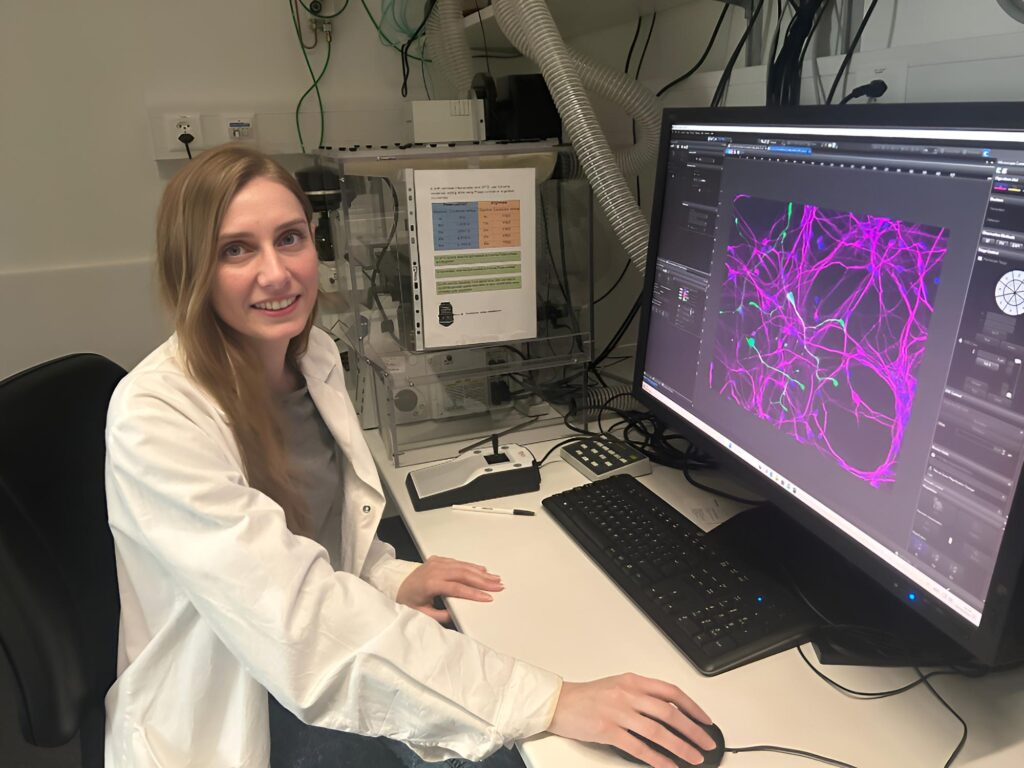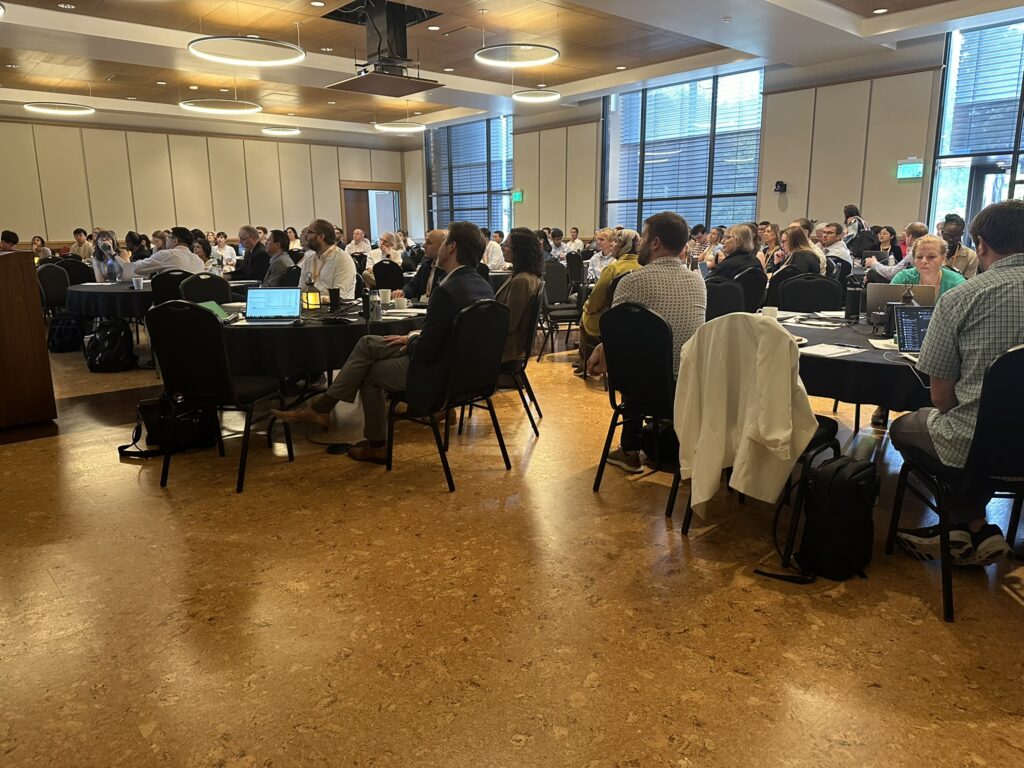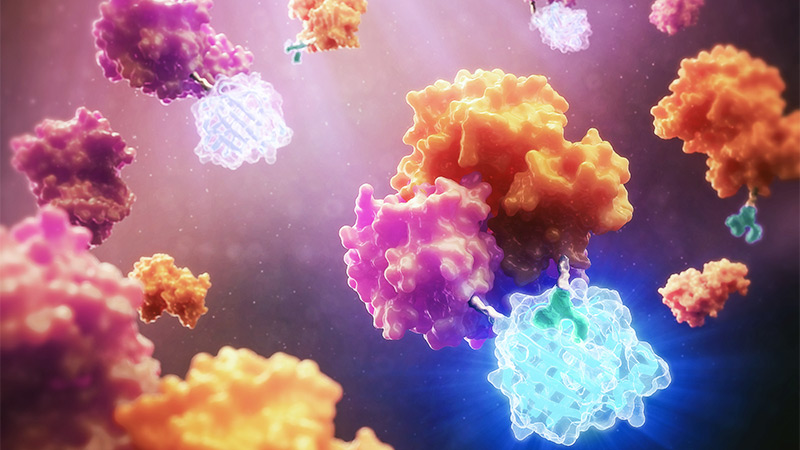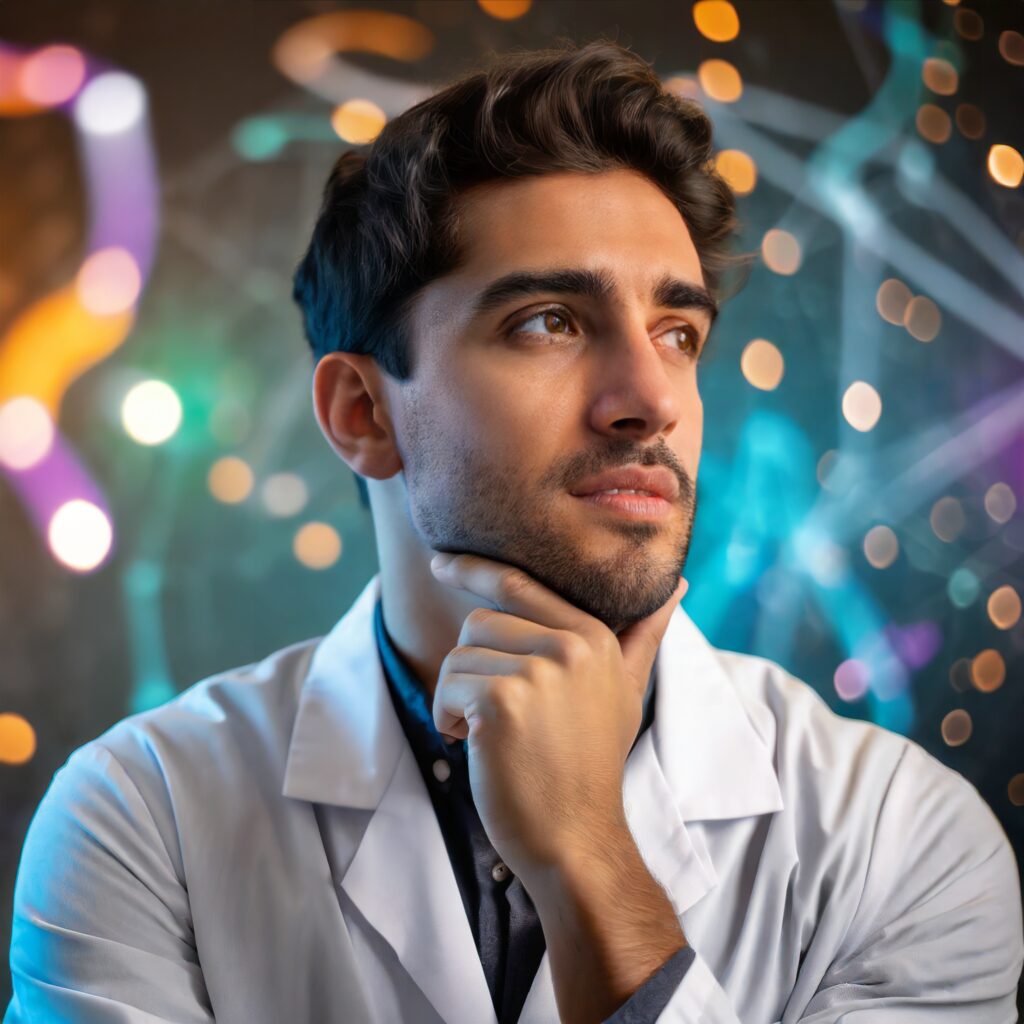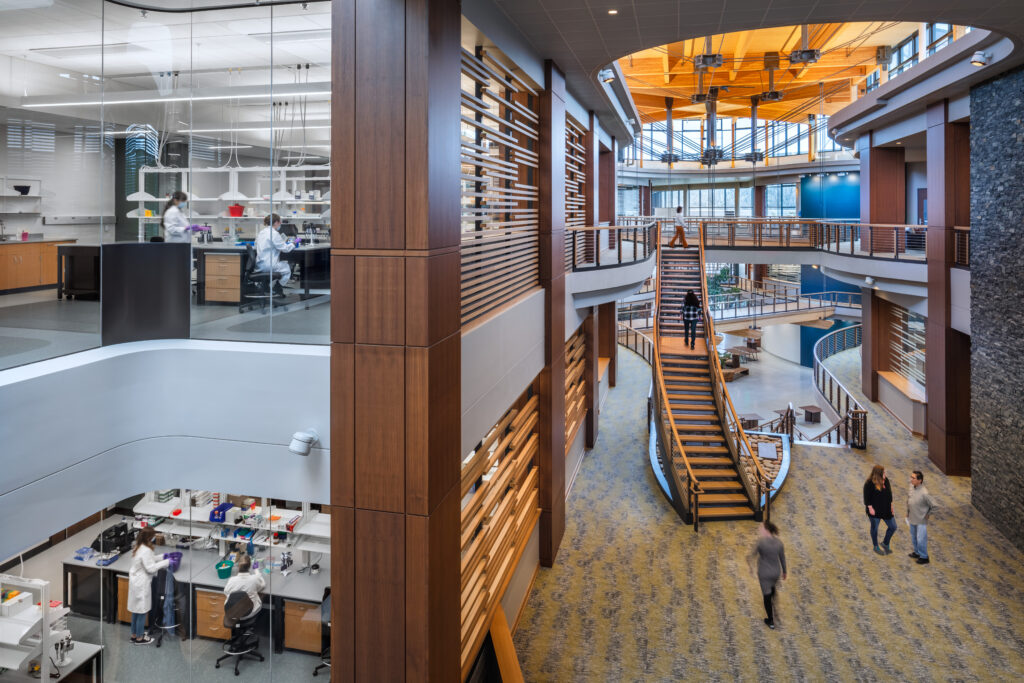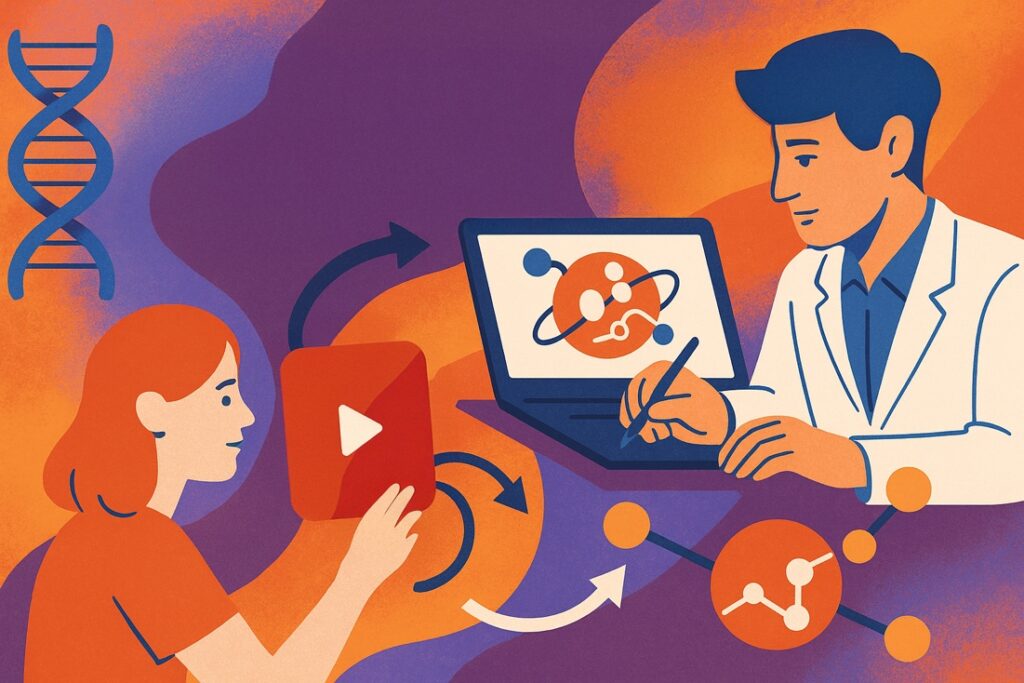
Moving Science Forward — Literally
I’ve always believed that the best science stories don’t just inform — they move us. And in many cases, that’s quite literal.
Whether I’m designing a figure for a new assay or animating a step-by-step protocol, I see motion as a bridge that turns complexity into clarity. When used well, that bridge transforms scientific communication from dense and static into something dynamic, visual and memorable.
And it’s not just me — a graphic designer — saying this. Scholars like Daniel Liddle describe motion as a form of visual rhetoric: a way to persuade, clarify and build trust through movement. Motion isn’t just decoration — it’s meaning made visible.
In this post, I’ll explore why motion matters in scientific communication and how animation makes complex ideas easier to grasp. From turning a protocol into a story that sticks to making technical jargon something you can remember, motion design helps science feel more approachable and a lot more memorable.
Continue reading “From Content Creators to Communication Partners: The Role of Motion in Scientific Storytelling”